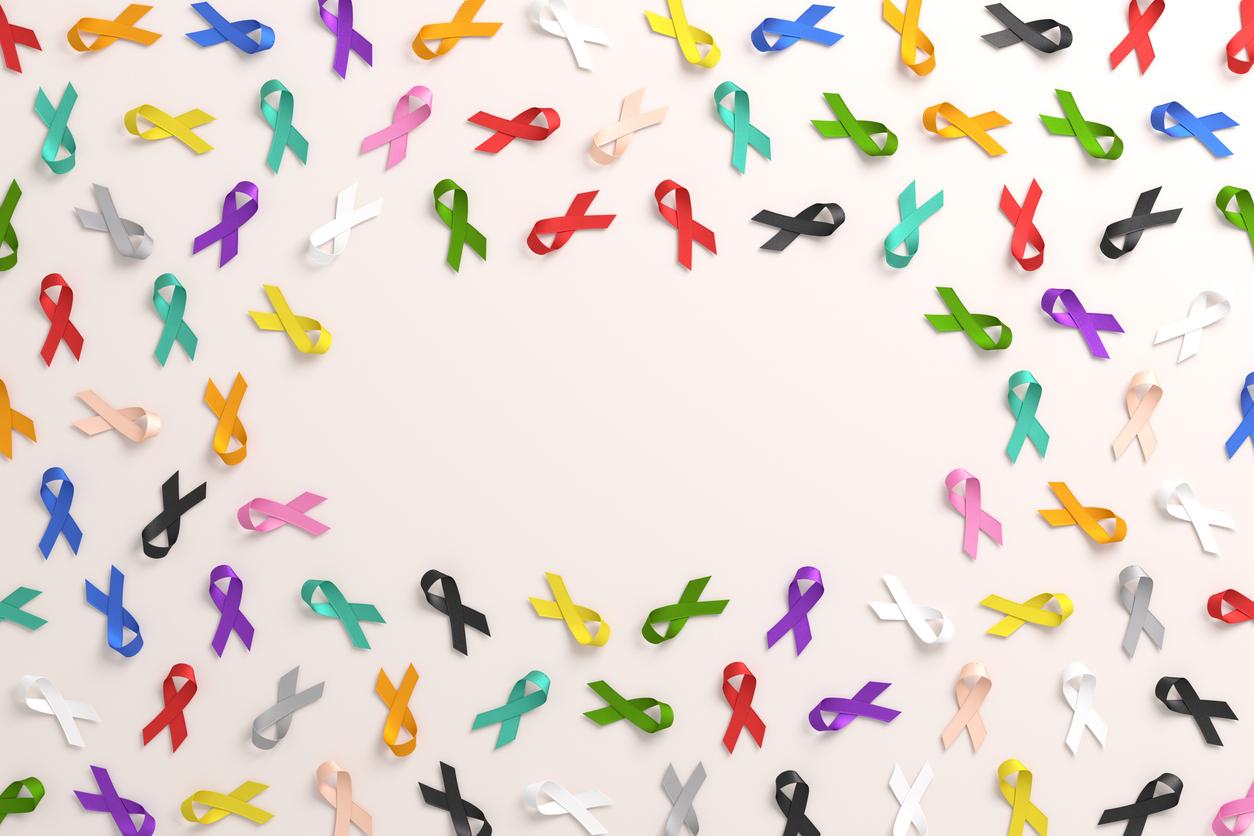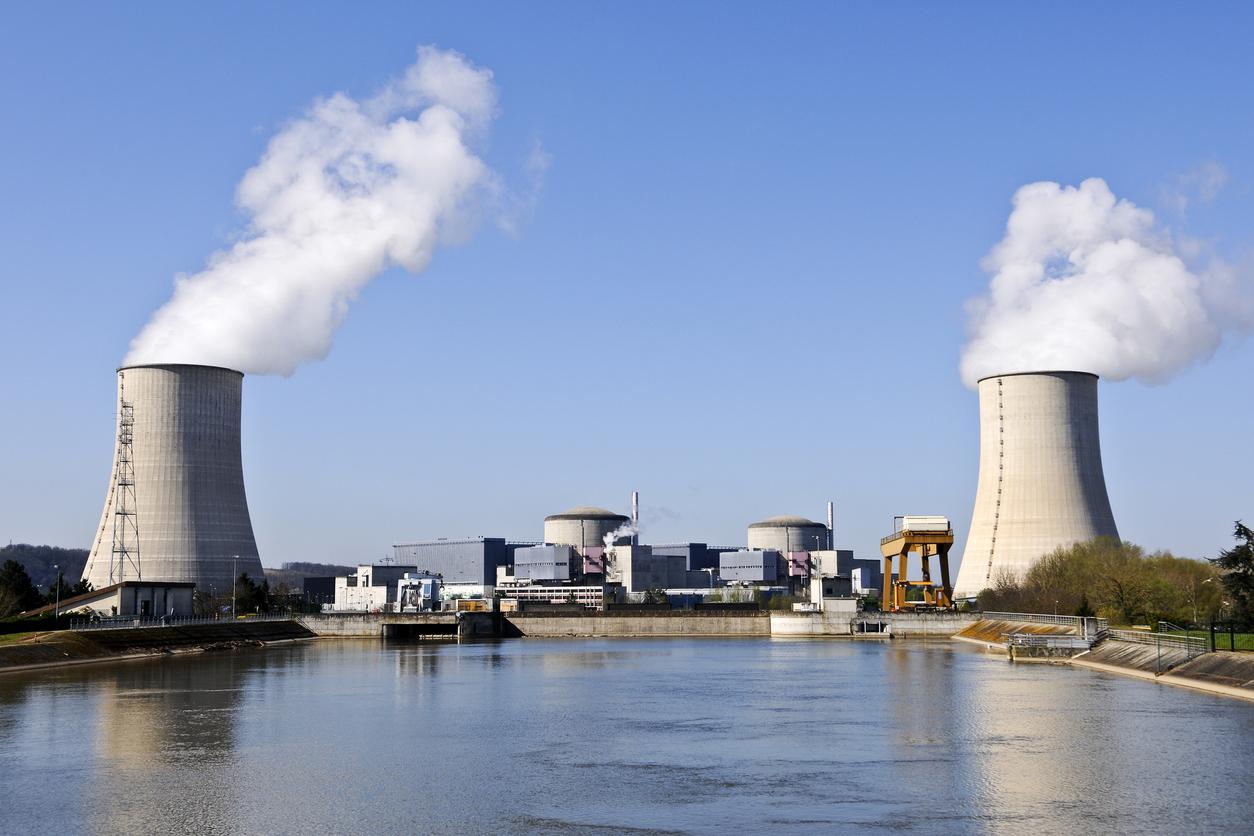The risk of cancer rates in men would increase by 84% globally by 2050.

- Between 2022 and 2050, cancer cases are expected to increase by 10.3 million to 19 million worldwide.
- Deaths are expected to rise from 5.4 million to 10.5 million.
- Australia has the highest incidence of cancer in men of any of the 185 countries studied in the recent work.
Alcohol, tobacco… Men have a higher prevalence of modifiable risk factors, which lead to higher incidence of cancer and lower survival rates. “Comprehensive data on the global burden of cancer in men, including disparities by age group and country, are scarce,” said researchers from Charles Sturt University (Australia).
Cancer: “Australia has 514.3 cases per 100,000 people”
That’s why they analyzed 30 types of cancer in men in 2022, with estimated projections for 2050. For the purposes of the research, the team used the Global Cancer Observatory (GCO) estimates from 2022 to describe cancer statistics in men from 185 countries around the world. Mortality-to-incidence ratios were calculated by dividing age-standardized mortality rates by incidence rates.
“Our study found that Australia has 514.3 cases per 100,000 people, making it the country with the highest cancer incidence rate of the 185 countries studied. Of the 30 types of cancer studied, lung cancer is likely to remain the leading cancer type, both in terms of cases and deaths,” said Kedir Ahmedauthor of the works published in the journal Cancer.
Male cancer cases to rise from 10.3 million to 19 million by 2050
The results showed that high mortality-to-incidence ratios were observed in men aged 65 and over for rare types of cancer, such as pancreatic cancer, and in countries with low human development indexes. Cancer rates in men will increase by 84% globally between 2022 and 2050, with cancer cases expected to increase from 10.3 million to 19 million. Cancer deaths are expected to increase by 93%, affecting older men twice as much. However, cancer cases and deaths are also expected to increase among working-age adults.
Faced with these data, which show disparities, the authors present avenues to help reduce the risks of incidence and death from cancer, in particular the strengthening of health infrastructures, the improvement of quality and access to the workforce, the promotion of national and international collaborations and the promotion of universal health coverage.


















